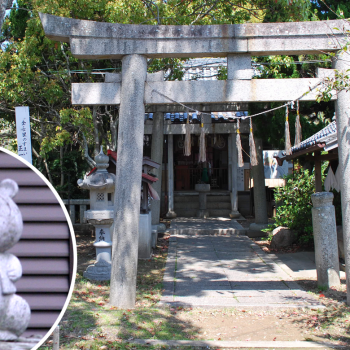
5. Shintoists are everywhere, yet “invisible” in Japan
It is estimated that 80% of people in Japan practise Shinto, but when I conducted a survey on religion among Japanese students while studying at a Japanese university years ago, virtually none of the respondents stated that they were Shintoist (despite stating that they did regularly visit Shinto shrines and participate in other Shinto activities). I was puzzled as to why this was, but it turns out that this is a widespread phenomenon in Japan. It could be because most Japanese are not formal members of particular Shinto sects. It could also be because the word for “religion” in Japanese, shūkyō, mainly refers to organised religions (shūkyō literally means “sect teachings”). It is rather telling that the names of most religions in Japanese have the suffix –kyō (教) meaning “teaching,” but this suffix is noticeably absent in the word “Shinto.” Instead, as mentioned above, “shintō” has the suffix 道, dō meaning “way,” the same suffix used for arts such as jūdō (Judo, “gentle way”), chadō (tea ceremony, “way of tea”) and bushidō (“way of the warrior”). It could be that in the Japanese psyche, Shinto is regarded more as an art or skill than a religion.
References and Further Reading
Shinto: The Kami Way, Sokyo Ono
The Essence of Shinto: Japan’s Spiritual Heart, Motohisa Yamakage
Patheos Religion Library: Shinto
Wikipedia, “Religion in Japan,” “Shintai,” “Shinto,”












